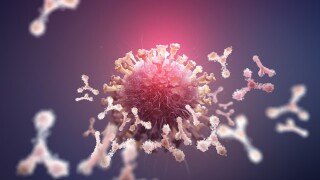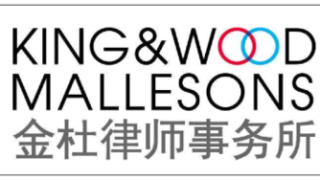Asia-Pacific
Essenese Obhan shares his expansion plans and vision of creating a ‘one-stop shop’ for clients after Indian firms Obhan & Associates and Mason & Associates joined forces
From AI and the UPC to troublesome trademarks in China, experts name the IP trends likely to dominate 2026
The parties have agreed on a court-guided settlement covering Pantech’s entire SEP portfolio, marking a global first
The Australian side, in particular, can benefit by capitalising on its independent status to bring in more work from Western countries while still working with its former Chinese partner
Recently published Special Focus articles
Recently published Special Focus articles
-
Sponsored by Tilleke & GibbinsWhile Vietnam, like the rest of the world, has been focusing on fighting the COVID-19 pandemic, the Vietnamese courts have quietly recorded new milestones in the judgment of patent cases. One of those milestones came on March 12 2020, in a decision on appeal settlement issued by the Superior People's Court of Ho Chi Minh City against a provincial court's decision on suspension of a patent case.
-
Sponsored by Liu, Shen & AssociatesLin Li, Yujie Jin and Yali Shao of Liu Shen & Associates address the requirements AI inventions must meet in order to be protected under patent, trade secret and copyright law
-
Sponsored by ABE & Partners(Praluent IF, page 78)
-
Sponsored by Liu, Shen & AssociatesThe global COVID-19 pandemic is affecting the world in various ways. One of the lessons we have learnt from this traumatic period is that while people always tried to find value in cooperation rather than in rivalry, cooperation could be more fragile than expected, especially in a multilateral scenario.
-
Sponsored by Remfry & SagarIn the second article from an exclusive series on the automotive industry, Pankaj Soni of Remfry & Sagar discusses patent protection in India
-
Sponsored by Griffith HackDespite being a market of only 26 million people, Australia possesses a world-class healthcare system and well regarded scientific community. This is most recently demonstrated through the participation of Australian scientists in the race to successfully manufacture a COVID-19 vaccine, and by the low infection death rates from the current pandemic in Australia.




















